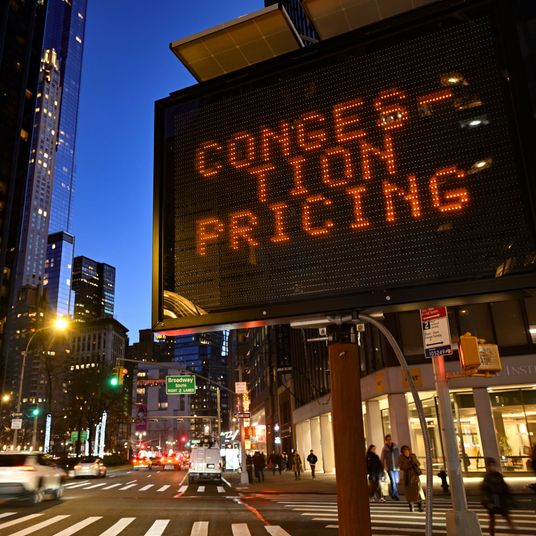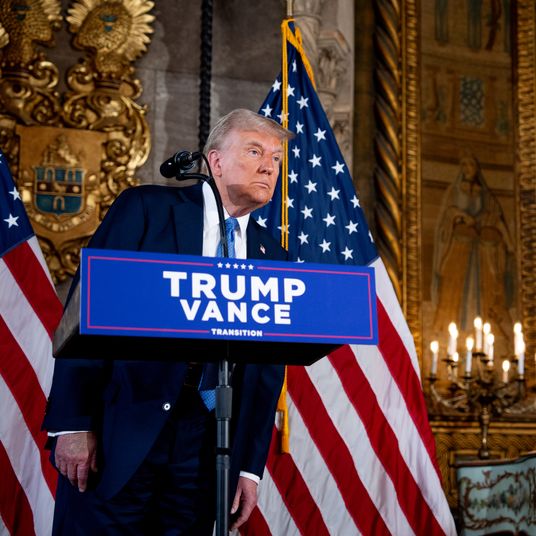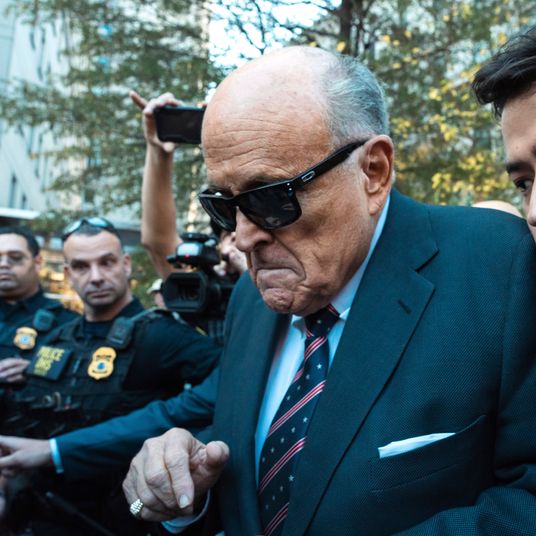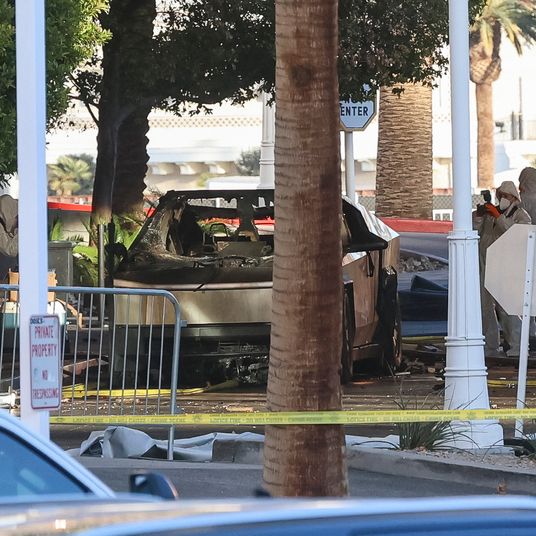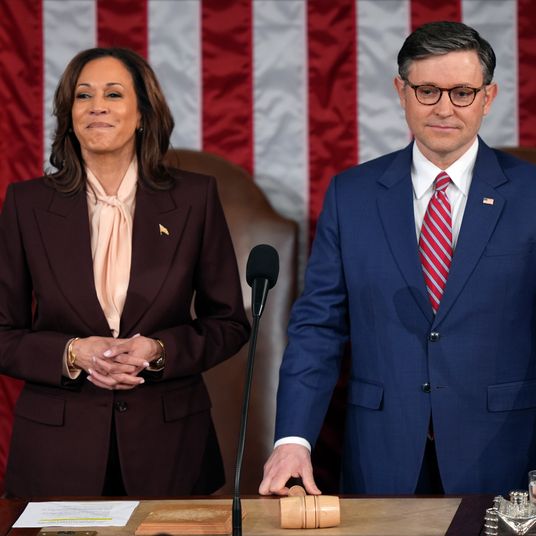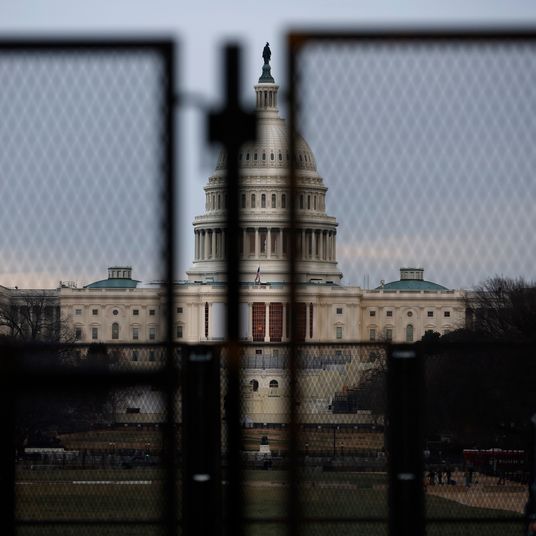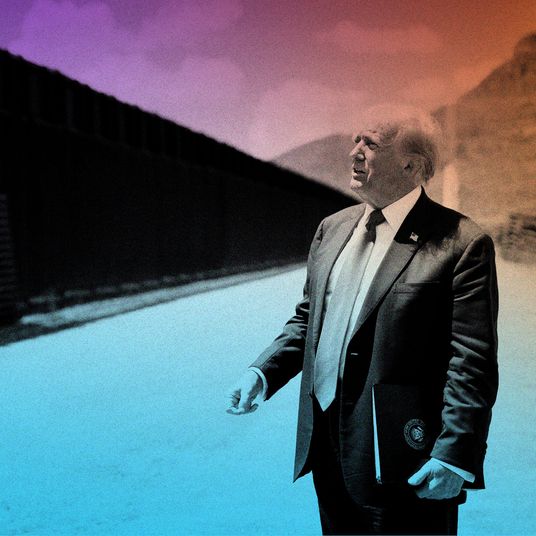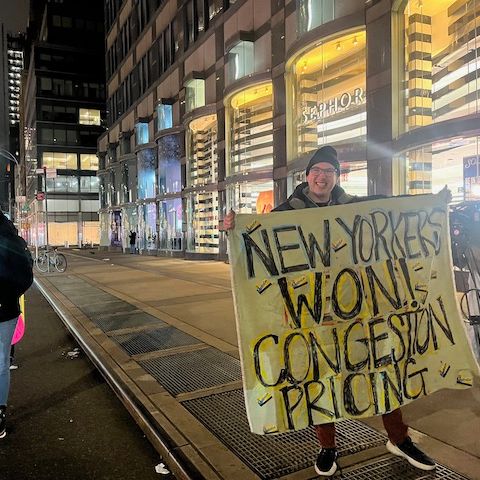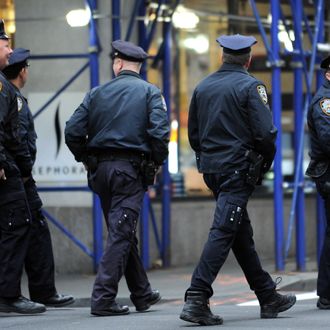
Before the NYPD announced (arguably unconvincing) changes to its rampant stop-and-frisk program, Mayor Bloomberg defended the searches, ostensibly an effort to curb gun violence, by citing the declining murder rate. “Nobody should ask Ray Kelly to apologize — he’s not going to and neither am I — for saving 5,600 lives,” he said, claiming the program has “taken more than 6,000 guns off the streets in the last eight years.” The New York Times scoffed, “The mayor’s math is certainly inventive, as well as deeply ahistoric,” and the actual shooting numbers in recent years, as crunched by DNAinfo, belie Bloomberg’s rosy picture even further.
When looking at gun violence in which people don’t die, shootings have remained steady while the number of stop-and-frisks skyrocketed:
While the NYPD was stopping and frisking a record 685,724 people last year, 1,821 people were victims of gunfire, according to NYPD and city statistics. That’s virtually the same number as in 2002, Bloomberg’s first year in office, when 1,892 people were shot, but just 97,296 people were frisked. …
Between 2009 and 2011, the number of people shot in New York climbed from 1,727 to 1,821 even as the NYPD was ratcheting up the number of people it rousted from 510,742 in 2009 to the record 685,724, the statistics showed.
A similar pattern of rising shootings and escalating stop-and-frisks occurred from 2004 through 2006. During those years, the NYPD stop-and-frisks jumped 70 percent, from 313,523 to 506,491, but the number of shooting victims rose about 7 percent, from 1,777 to 1,880.
Such careful consideration of the stats by critics not only undermines the city’s defense, but could actually result in some changes, however slowly. In addition to Kelly’s promise for more oversight and training, Bloomberg is backing Governor Cuomo’s plan to cut down on low-level marijuana arrests, which, along with alienating minority communities, have been the most prevalent side effect of the stops.
As one former NYPD official told DNAinfo, “If you have a flat line situation with shootings, and the stops are this high, you are throwing everyone up against the wall and you are losing the community, then you have to reassess.” Even in addressing concerns publicly, what Bloomberg and Kelly have so far avoided is a vow to decrease the number of stops, but they’re running out of excuses.














